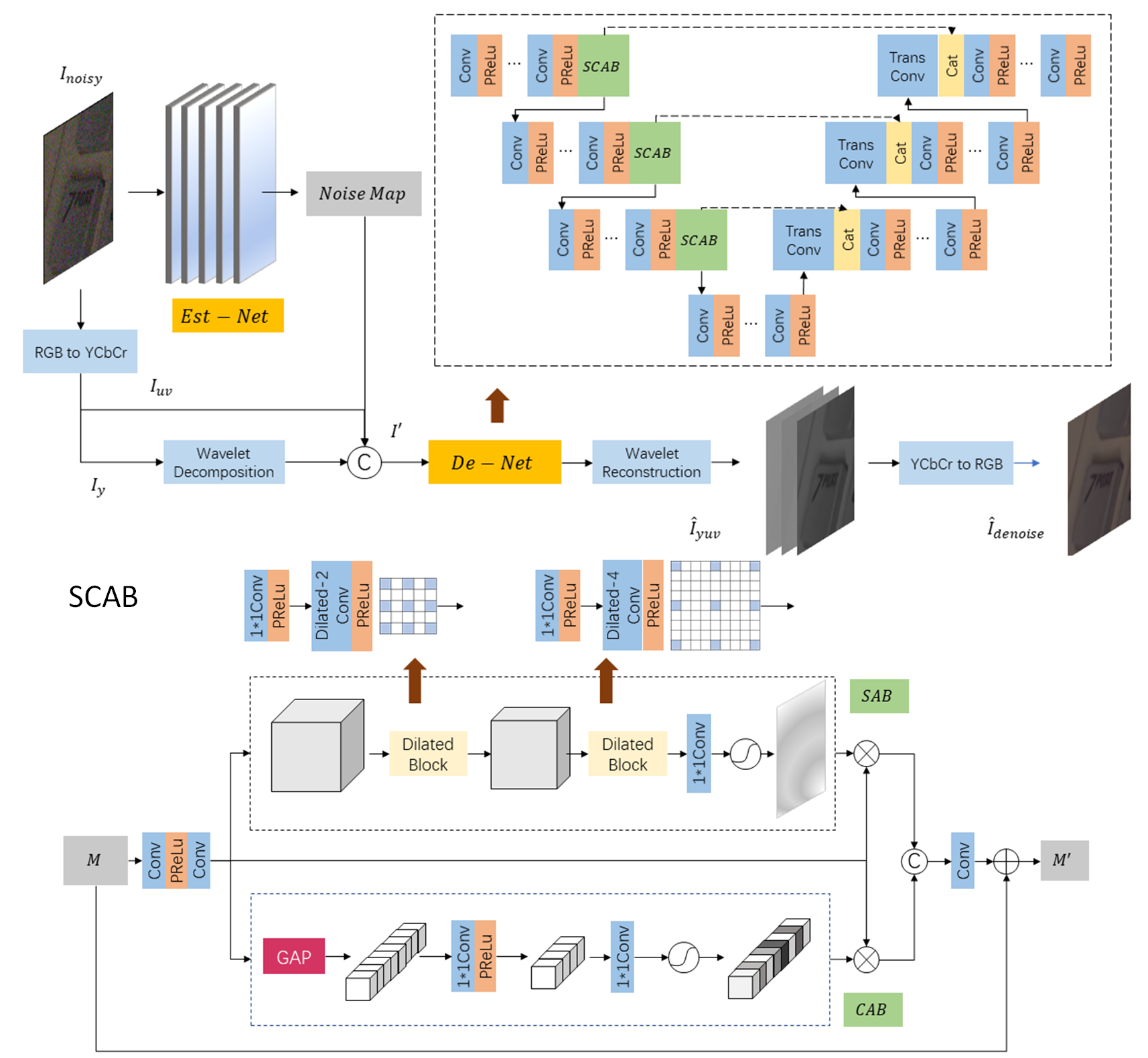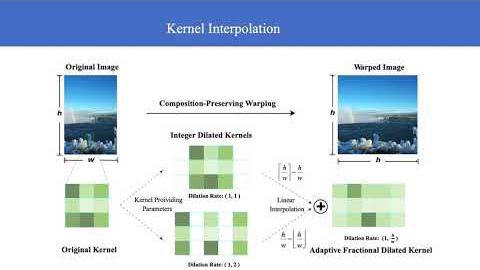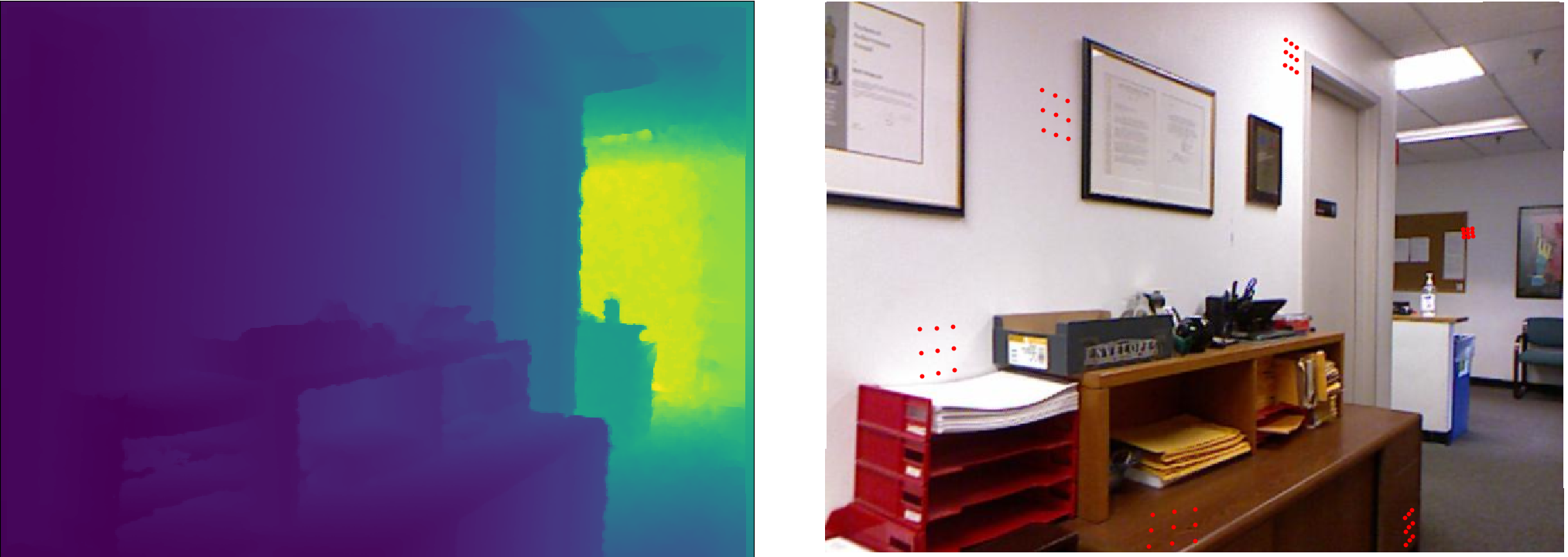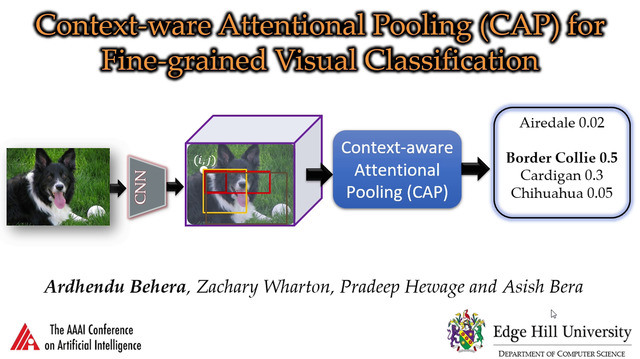Abstract:
Providing an explanation of the operation of CNNs that is both accurate and interpretable is becoming essential in fields like medical image analysis, surveillance, and autonomous driving. In these areas, it is important to have confidence that the CNN is working as expected and explanations from saliency maps provide an efficient way of doing this. In this paper, we propose a pair of complementary contributions that improve upon the state of the art for region-based explanations in both accuracy and utility. The first is SWAG, a method for generating accurate explanations quickly using superpixels for discriminative regions which is meant to be a more accurate, efficient, and tunable drop in replacement method for Grad-CAM, LIME, or other region-based methods. The second contribution is based on an investigation into how to best generate the superpixels used to represent the features found within the image. Using SWAG, we compare using superpixels created from the image, a combination of the image and backpropagated gradients, and the gradients themselves. To the best of our knowledge, this is the first method proposed to generate explanations using superpixels explicitly created to represent the discriminative features important to the network. To compare we use both ImageNet and challenging fine-grained datasets over a range of metrics. We demonstrate experimentally that our methods provide the best local and global accuracy compared to Grad-CAM, Grad-CAM++, LIME, XRAI, and RISE.









































